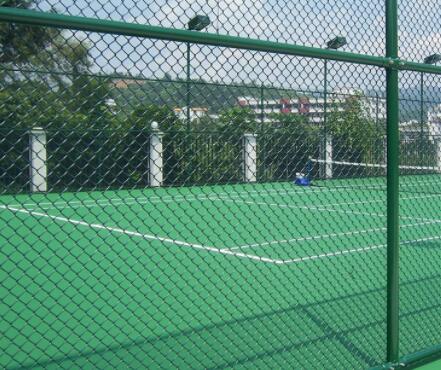The Versatility and Applications of Perforated Steel
Perforated steel, characterized by its unique patterns of holes and slots, has emerged as a versatile material with extensive applications across various industries. From construction and architecture to automotive and telecommunications, this innovative material offers both functional and aesthetic advantages. In this article, we will explore the properties of perforated steel, its manufacturing process, and its diverse applications.
Understanding Perforated Steel
Perforated steel is created by punching holes into sheets of steel. The size, shape, and distribution of these holes can vary greatly, allowing for a wide range of designs. This material retains the strength and durability of solid steel while reducing weight and enhancing airflow. The perforation process does not compromise the structural integrity of the steel; instead, it can enhance its performance in specific applications, making it highly desirable in modern engineering and design.
Manufacturing Process
The manufacturing of perforated steel involves several steps. Initially, sheets of steel are carefully selected based on the desired thickness, toughness, and finish. The next phase involves the perforation process, which can be achieved through various methods, including hydraulic punching, laser cutting, and CNC machining. Each method offers distinct benefits; for instance, laser cutting is known for its precision and ability to create intricate designs, while hydraulic punching is effective for larger volumes and thicker materials.
After perforation, the sheets often undergo finishing processes, such as galvanizing, powder coating, or painting, to enhance corrosion resistance and aesthetic appeal. The final product can be tailored to meet specific project requirements, whether it’s a decorative element for a facade or functional components for industrial applications.
Applications of Perforated Steel
perforated steel

1. Architecture and Interior Design One of the most visually appealing uses of perforated steel is in architectural applications. The unique patterns created by perforations can serve both functional and decorative purposes. For instance, they can be used in facades, screens, and sunshades, allowing for the passage of light while providing privacy. In interior design, perforated panels can be used as wall coverings or room dividers, adding a modern aesthetic to residential and commercial spaces.
2. Construction and Building Materials Perforated steel is widely utilized in construction as it combines structural integrity with lightweight characteristics. It can be used in flooring systems, roofing materials, and staircases. Additionally, the holes can facilitate drainage and airflow, making it ideal for use in environments where moisture control is critical.
3. Automotive Industry In the automotive sector, perforated steel plays a crucial role in the production of components such as grilles, heat shields, and structural frames. The material's ability to reduce weight while maintaining strength is essential for enhancing fuel efficiency and performance in vehicles.
4. Filtration and Separation Another notable application of perforated steel is in filtration systems for industrial processes. The holes can be engineered to specific sizes, allowing for efficient separation of particles from fluids or air. This capability makes it vital in industries such as water treatment, food processing, and chemical manufacturing.
5. Telecommunications Perforated steel is also used in telecommunications for equipment enclosures and cooling components, where airflow is necessary. The design of perforations can ensure that equipment remains cool while still being shielded from external elements.
Conclusion
Perforated steel is a remarkable material that combines functionality with aesthetic appeal, making it a preferred choice in a wide range of applications. Its ability to provide airflow, reduce weight, and serve as an artistic element makes it particularly valuable in today’s design-oriented industries. As technology continues to advance, the applications for perforated steel are likely to expand, further cementing its position as a vital material in modern engineering and architecture. Whether in a stunning facade or a vital component within a machine, perforated steel is truly a testament to the intersection of practicality and creativity in material design.

















